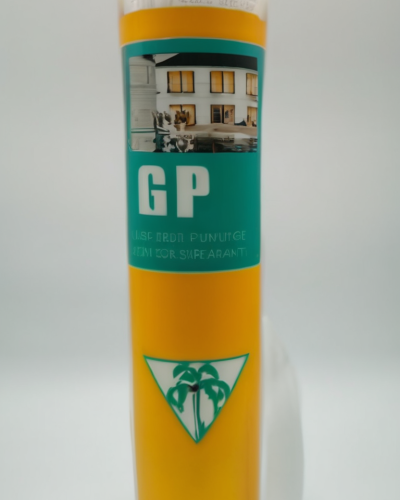Introduction
You probably don’t think much about glue, but if you’ve ever fixed a cracked mug, sealed a leaky window, or even built something bigger, silicone glue has probably helped you out. It’s everywhere—holding together skyscrapers, electronics, and even the little things around your house. What sets it apart? It shrugs off moisture, stands up to wild temperature swings, and handles stress like a champ. Where regular glue might fail, silicone just keeps going.
Why Silicone-Based Adhesives Are So Good
These days, glue isn’t just about sticking two things together. It’s about making a bond that lasts—one that’s flexible and can take a beating. Silicone adhesives are made from a mix of silicon, oxygen, carbon, and hydrogen. That combo makes them stable, even when things get hot or cold. While other glues might get brittle or lose their grip, silicone stays stretchy and strong. That’s why you’ll find it everywhere from car engines to boats to electronics.
How Versatile Is Silicone Glue? Pretty Much Limitless
Here’s what makes silicone glue a real workhorse: it adapts. Need to seal a bathroom? Done. Holding glass panels in place on a high-rise? Yep. In construction, people use it to seal joints, stop air leaks, and keep water out. Around the house, it’s the go-to for fixing ceramics, sealing up drafty windows, or even tackling craft projects. Its flexibility lets it handle movement and vibration without cracking or letting go. And when you use it on glass or metal, it dries clear, so the repair looks clean—almost invisible. That’s why designers and DIYers love it for projects where looks matter as much as strength. In electronics, it acts like a shield, keeping out dust and moisture, so your gadgets last longer.
Why Flexibility Makes All the Difference
One of the best things about silicone glue is that it doesn’t turn rock hard. It stays just soft enough to move with whatever it’s holding together. That matters a lot in places that heat up, cool down, or vibrate—like under the hood of a car or outside on a building. Silicone keeps seals from cracking, even when things get tough. It lets materials expand and contract without breaking the bond. This flexibility doesn’t just make repairs last longer—it protects the materials, too. It’s not just about strength; it’s about being smart and making things last.

Built to Withstand the Elements
Rain, sun, cold—doesn’t matter. Silicone doesn’t yellow, crack, or fall apart in bad weather, which is why people reach for it when they need something to hold up outside. It’s waterproof, so it’s perfect for showers, kitchens, fish tanks, and boats. It also works across a huge range of temperatures—icy winters or blazing summers, it doesn’t care. That kind of reliability makes it a favourite in factories, workshops, and homes alike.
Safe, Simple, and Sometimes Even Green
A lot of heavy-duty glues stink or need careful handling. Not silicone. Most of the time, it barely smells, won’t corrode things, and is safe to use with metals and plastics. Some brands are even making more eco-friendly versions, so if you care about the planet, you’ve got options. It’s easy to use, too. Most silicone glues come in squeeze tubes or cartridges, so you can put them exactly where you want—no mess, no fuss. Once it sets, it stays put: no shrinking, cracking, or ugly yellowing. Whether you’re a pro or just fixing something at home, that simplicity is a huge plus. Picking the best silicone glue just depends on what you need it for. Some types can handle crazy-high heat for cars or factories, while others are perfect for…
Choosing the Right Silicone Adhesive for Your Needs
Selecting the appropriate adhesive depends on your specific project requirements. High-temperature silicone adhesives are designed for industrial and automotive uses, where heat resistance is critical. For home applications, general-purpose silicone sealants provide excellent adhesion and flexibility for glass, tile, and metal surfaces. Transparent silicone adhesives are best suited for aesthetic projects that require a clean finish. Regardless of the type, surface preparation is key to achieving a strong bond. Clean, dry surfaces ensure better adhesion and longer-lasting results. Allowing adequate curing time is equally important, as silicone adhesives typically take up to 24 hours to fully set and reach maximum strength.
Conclusion
In today’s fast-paced world, where performance and reliability matter, Silicone glue continues to prove its worth across countless applications. Its unmatched flexibility, strength, and resistance to environmental stress make it a go-to adhesive for both professionals and everyday users. Whether it’s sealing, fixing, or crafting, silicone adhesives deliver dependable results that stand the test of time. As technology evolves, this simple yet powerful bonding agent remains one of the unsung heroes behind modern innovation — quietly ensuring that everything holds together, beautifully and securely.



Add Comment